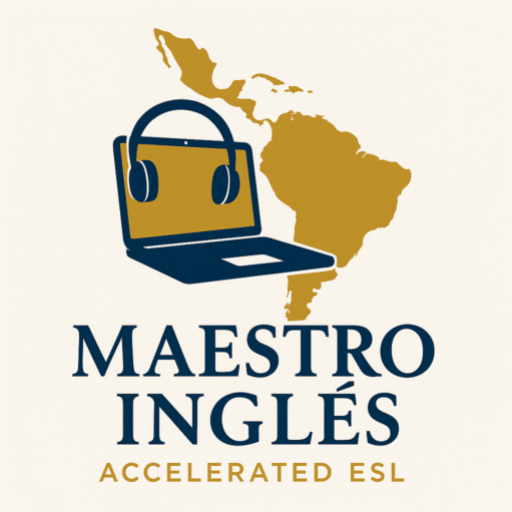The main 4 skills to learn a language
Monica Arellano Updated 03.06.2023
In this article we go over the 4 main language learning skills to develop: listening, speaking, reading, and writing.
Monica Arellano Updated 03.06.2023
Table of Contents
A long time ago learning a foreign language was just a requisite for getting graduated from high school. In the present time, because of the globalization, speaking a second language, for example, English, has become one of the most important studies to improve people’s curriculums, jobs or even their lives when moving out is necessary. For many years, different investigators have been looking for the best way to make the learning process easy to accomplish. A lot of theories, learning and teaching strategies have been analyzed for teachers in face-to-face or online classrooms to help language learners.
According to my personal experience -10 years teaching at different levels, using different methodologies and strategies- I believe the 4 main language skills should be taught in the following order:
1. Listening
The very first thing you did when you were a kid to learn your native language was just listening to what everybody says! Although, you have to practice, practice and practice to develop your listening skills. It is not enough to have a class with your teacher you must try to watch movies or listen to music in your free time always being aware that the material you choose is appropriate to your level. You could also use subtitles to learn new words. Nowadays, technology offers various kinds of applications or web pages you can use, try to be sure they are from a good source like recommended material from your teacher.
2. Speaking
The second step you did as a kid, you imitated the sounds you heard before. Just try to speak the words!. The key to making progress for speaking is to talk. Talk to other students and to native speakers to understand the cadence and rhythm of the language. You have to be confident in yourself and try to talk as much as you can, it doesn’t matter if you make mistakes actually, you can learn from them. The idea is to push yourself to do it, even if you practice in front of the mirror at first or recording yourself with the cellphone. Another effective strategy is to read out loud to practice pronunciation. Besides, it is very helpful to set up small goals every day such as learning a new expression, idiom or word.
3. Reading
The third thing you did at school, you repeated the vowels and letters. Just follow the letters to make sense! There are some steps you can follow to read more efficiently. First of all, you have to start reading from the title to know what is the reading about. Then, scan the text -reading strategy which means to do a fast reading- to have a general idea about the content. A silent reading it is also recommended to internalize the pronunciation of every word following the pauses according to punctuation. However, at this point, you should take notes about the words you don’t understand to find them in the dictionary. Sometimes, students don’t like to use the dictionary, but it is beneficial in it you can check not just the meaning of the words but the sounds through the phonetic symbols as well as knowing if the word is a verb, an adjective, a noun, among others.
4. Writing
The fourth step we did to learn at school finally, we wrote the words. Just combine everything you have learned and write! However, before writing you have to think about the possible topics to organize your ideas. This skill is in the last spot not because it is less critical, indeed it is a challenge to learn how to write correctly. The first aspect you should consider is to remember the 3 main parts of the texts: introduction, body and conclusion as well as reviewing punctuation which is going to help you with cohesion -how to use punctuation- in your text. On the other hand, at the moment you want to write is better to start with sentences, then small paragraphs and full text, always supporting your grammar and vocabulary with a dictionary.
In conclusion, the learning process is different for all students. You should also revise what your learning style such as visual learner, auditory learner, kinesthetic learner, or tactile learner is -you can find plenty of different learning styles tests online-. Once you know your learning style, it could be easier for you to find materials that match with it.
Taking into account all these strategies you could have a more meaningful lifelong language learning; remember you will never stop learning. Another essential thing to consider is how interested you are in the language you want to learn. This may be the reason why you haven’t learned as much as you need. Motivation is the key for having a successful learning process, analyze deeply why you have to improve the language, how important it is for you and what you can accomplish once you master communication in the target language.
The main 4 skills to learn a language Read More »

